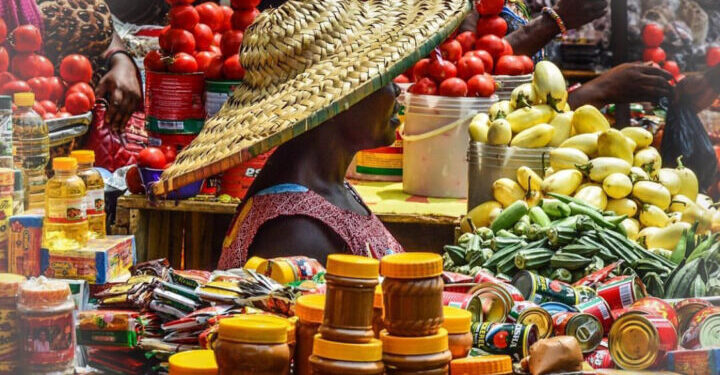Ghana’s annual consumer inflation rate has dropped to 21.2% in April 2025, down from 22.4% in March, marking the fourth consecutive month of decline.
The slowdown in inflation is attributed to moderating increases in both food and non-food prices, according to the Ghana Statistical Service. Food inflation remains a significant driver of prices, standing at 25%, while non-food inflation is at 17.9%. The monthly inflation rate stood at 0.8% in April.
Regional inflation rates vary, ranging from 18.3% in the Volta Region to 37.1% in the Upper West Region, with eight out of 16 regions recording inflation rates above the national average.
Despite this progress, inflation remains well above the Bank of Ghana’s target range of 6-10%.
In response, the Bank of Ghana has maintained a tight monetary policy stance, including a surprise 100 basis point interest rate hike to 28% in March, aimed at reinforcing disinflation momentum.
Finance Minister Cassiel Ato Forson projects inflation to drop to 11.9% by the end of 2025 through strong fiscal consolidation and spending cuts.
Ghana’s economy has struggled with persistent inflation pressures driven by global shocks, currency depreciation, and high import costs.
The current decline offers some relief, but policymakers face challenges in restoring economic stability and easing cost-of-living pressures.









